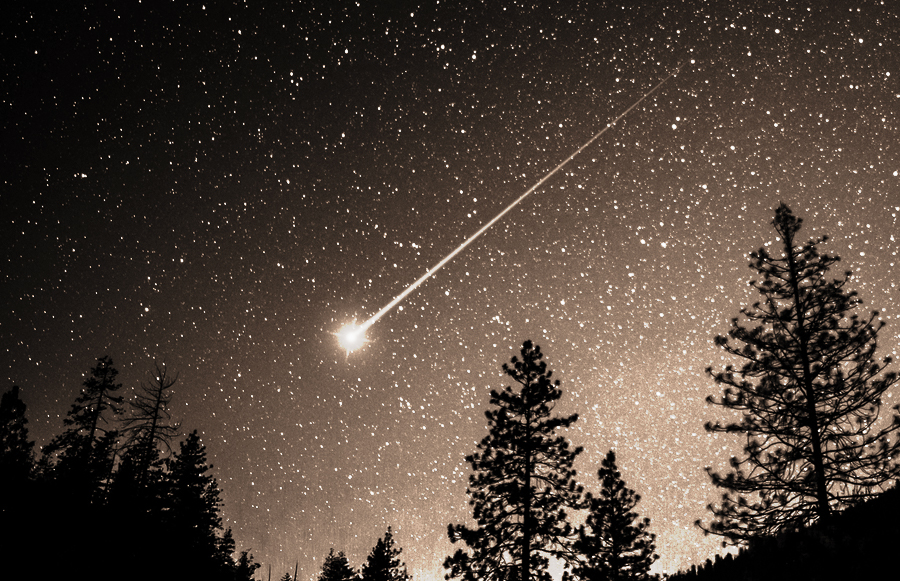Historically, black diamonds were held in low regard. This changed during the late 20th century when designers began including them in work where they were complemented by tiny colorless diamonds in pavé settings. Their popularity has continued to rise as black diamonds have become incorporated into many engagement rings and necklaces.

Black diamonds take different forms, from those that are man-made to those that are naturally colored. As with any stone, those that occur naturally are among the most prized. Black diamonds are also known by their moniker “fancy diamonds”. A contrast to the refined qualities the name suggests, these diamonds become darkly colored due to the number of inclusions they contain. These inclusions allow traces of graphite, pyrite, and even hematite to become attached during the formation process. This means that a single black diamond is often made up of many smaller black crystals that are bound by their inclusions, creating a polycrystalline structure. Depending on the number of inclusions, the body color of a natural black diamond can be nearly colorless, to brown and even olive green.
Naturally colored black diamonds are often completely opaque, with a high luster that gives the stones a nearly metallic appearance. Because these stones have a high concentration of inclusions, cutting and polishing them can be difficult. This makes the cut of each diamond all the more special and labor-intensive as they must be set with great care. And because they are often so dark, they absorb more light than they reflect, so much of their beauty stems from their surface which is polished like marble.
Natural black diamond deposits are also rare. Currently, they can only be found in Central Africa and Brazil, making genuine natural black diamonds more difficult to source. Although it may sound like a far-fetched explanation, folklore states that black diamonds came from space on an asteroid that fell to earth millions of years ago. According to scientists at the Natural Science Foundation, this may be accurate because South America and Africa were once a single landmass. This would support the theory that an asteroid brought black diamonds to earth and is the reason why they are found in such concentrated areas, making them an interstellar rarity.
















